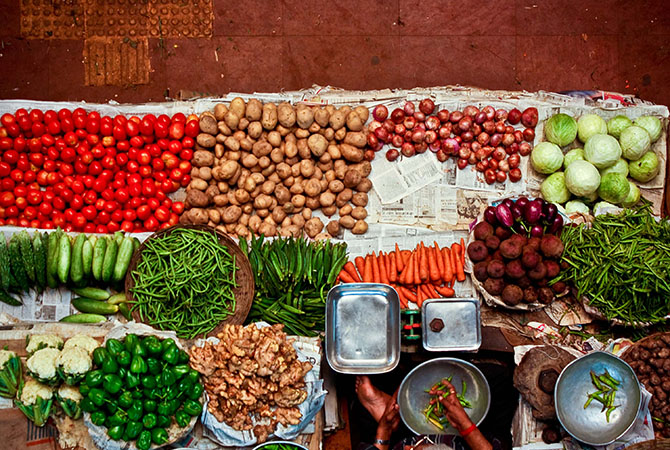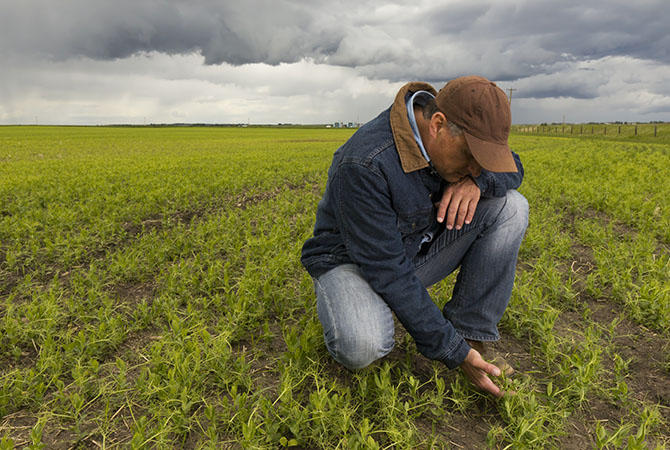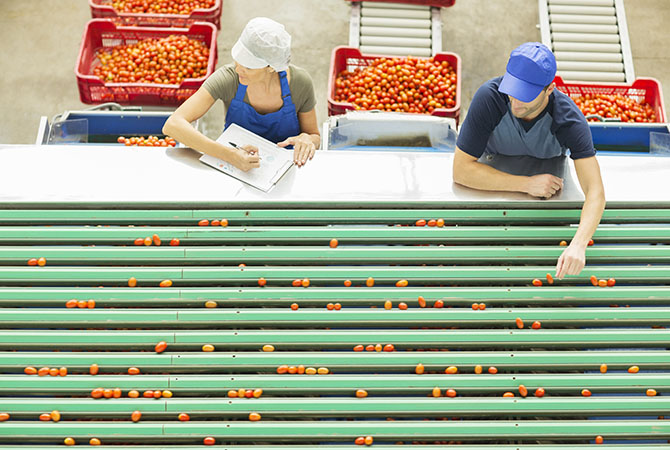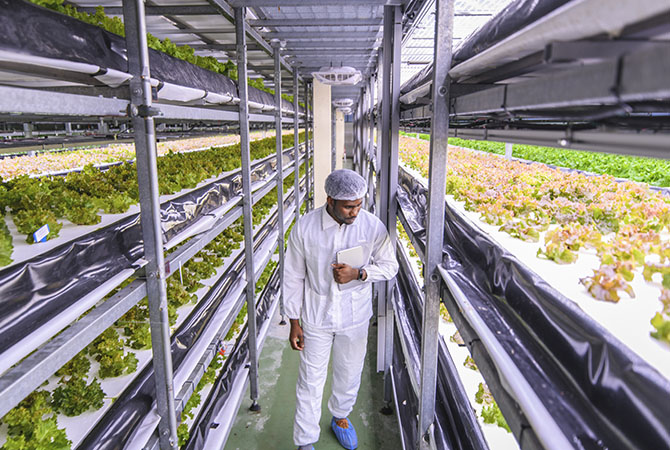Feeding the world
Local AI can increase crop yields, improve land management, and reduce food waste

Local AI provides high performance, offline analysis for agriculture challenges that can improve soil quality, plant health, and crop yield in order to produce more food, reduce environmental impact, and enable sustainable farming practices.
According to the UN Food and Agriculture Organization, nearly one third of the world’s food production was wasted or lost, while more than 820 million people went hungry in 2018.
To feed the world sustainably, producers will need to increase output while aiding in the reduction of negative environmental impacts, such as erosion, nutrient loss, and greenhouse gas emissions.

Imagine knowing the quality of your soil instantly.
Analyzing growing conditions traditionally takes a month or more. This delay can lead to the planting of unsuitable crops, improper application of amendments, or low yields. In subsistence communities it can also mean the difference between having food at harvest time or not.
Our Al-enabled sensors with neural networks trained on soil data can offer near real-time analysis of soil conditions. This allows for faster corrective action and more appropriate planting.

Imagine sorting food closer to the source.
For smallholder farms, the ability to sort product by grades leads to higher price per bushel and faster time to market. Traditionally done by hand, the process can be slow and consume resources that might be used for other work.
Our boards running object classification models form the basis for cheaper modular sorters that can help farmers easily grade their products and get to market quick.

Imagine being able to detect and prevent plant disease.
Accurate diagnosis of plant health, including disease, pests, and environmental stress, is the first step toward improving growing conditions.
Segmentation models can help to separate leaves and plant features from complex backgrounds. When combined with classification models and run on our solution platform, farmers can create tools that allow for real time diagnosis of diseases in the field.
Aggregating this data over a growing season and across fields improves the models, which then improves future yields and lowers disease risk.

Imagine plants getting the right nutrients with less waste.
Precision agriculture requires that you know the position, condition, and progression of every plant to provide the right amendments at the right time. Whether on large or small farms, tracking this information can be difficult.
With condition monitoring tools built with our local AI and models for identification and classification, farmers can find plants and assess their condition to deliver the right amendments in a targeted way. The precise application of pesticides, fertilizers, and herbicides reduces runoff and adverse effects as well.
In vertical farms where density and safety concerns prevent the use of broadcast techniques, tray-management machines built using our AI can operate independently while sharing knowledge to improve overall plant health.